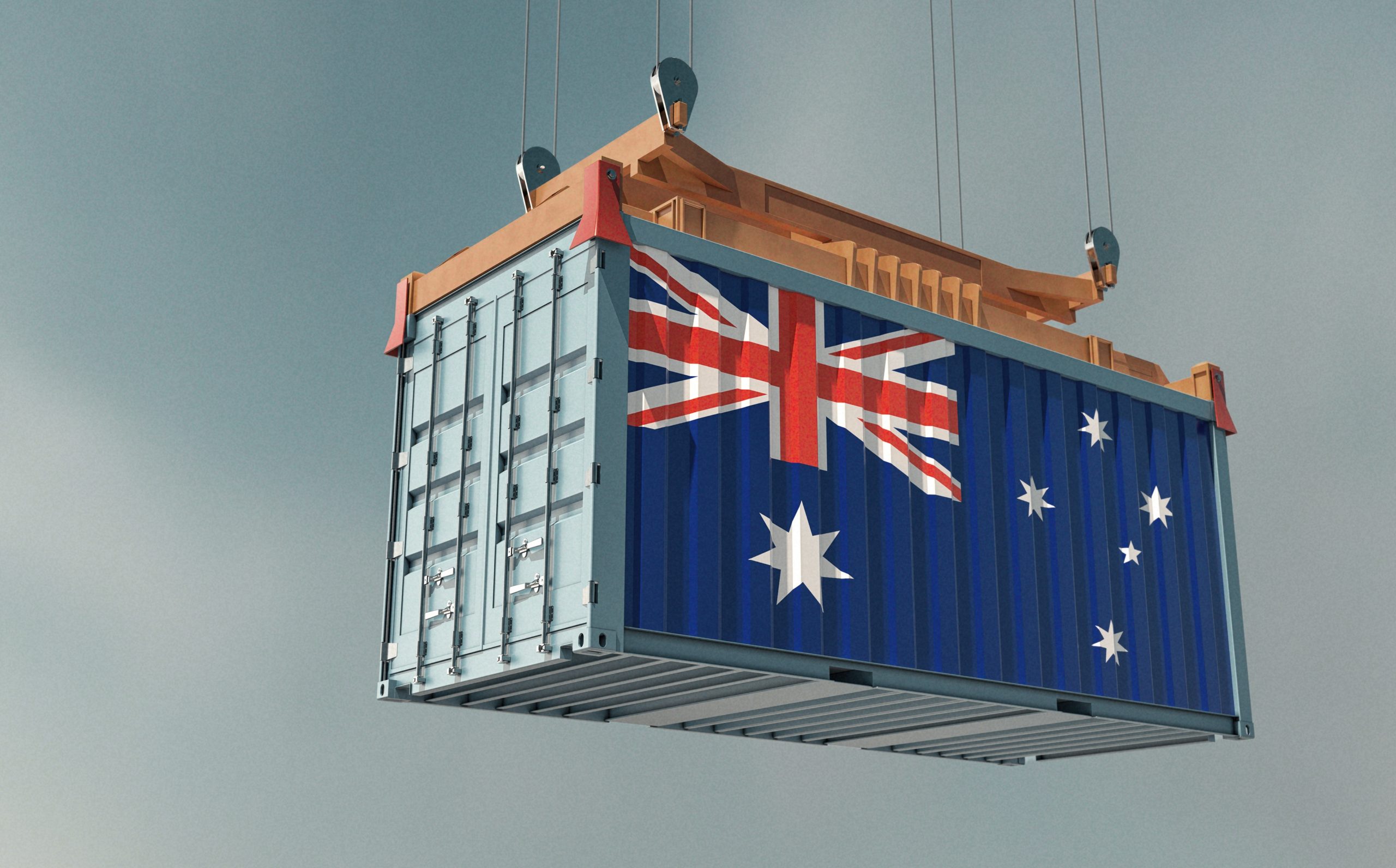The trade relationship between India and Australia has witnessed remarkable growth in recent years, with both countries recognizing the benefits of collaboration. Australia, known for its rich natural resources and advanced industries, has become a key trading partner for India. In this blog, we will explore some of India’s most popular imports from Australia, highlighting their significance, impact on the Indian economy, and the factors driving this bilateral trade.
COAL
Coal stands as one of the most prominent imports from Australia to India. India’s energy demands have been surging due to rapid industrialization and urbanization, and Australia’s vast coal reserves make it a reliable supplier. Australian coal helps meet India’s energy needs, particularly in the power generation sector. As India continues to develop and expand its infrastructure, the demand for coal imports from Australia is likely to remain robust.
NATURAL GAS
India’s growing energy requirements have also fueled the import of natural gas from Australia. Liquefied Natural Gas (LNG) shipments from Australia contribute significantly to India’s energy mix. The availability of Australian natural gas plays a vital role in diversifying India’s energy sources, reducing dependency on traditional fuels, and promoting a cleaner and more sustainable energy future.
COPPER
Copper is another essential import for India from Australia. With its widespread use in various industries, including electrical, construction, and manufacturing sectors, copper holds significant importance in India’s economy. Australian copper exports provide a steady supply of this crucial metal, supporting India’s infrastructure projects, electrical wiring, and industrial production.
GOLD
India’s cultural affinity for gold makes it one of the country’s most sought-after imports. Australia is among the leading suppliers of gold to India, contributing to the country’s jewelry and investment demand. The availability of Australian gold ensures a consistent supply, supporting India’s vibrant gold market and meeting the preferences of Indian consumers.
EDUCATION SERVICES
While not a physical import, the export of education services from Australia to India has witnessed significant growth. Indian students are increasingly opting to pursue higher education in Australian universities, attracted by the quality of education, diverse course offerings, and global exposure. This has led to a substantial flow of Indian students to Australia, contributing to the economy through tuition fees, accommodation, and other expenses.
FACTORS DRIVING TRADE
Several factors contribute to the popularity of these imports from Australia to India. Firstly, the geographical proximity between the two countries enables efficient trade routes and logistics, ensuring a smooth flow of goods. Additionally, Australia’s abundant natural resources and technologically advanced industries make it an attractive and reliable supplier for India’s growing demands.
Furthermore, India’s robust economic growth, expanding consumer market, and infrastructure development plans have increased the demand for these key imports. As India continues to progress, its requirements for energy, metals, and other raw materials are expected to rise, further bolstering the bilateral trade between the two nations.
CONCLUSION
India’s most popular imports from Australia, including coal, natural gas, copper, gold, and education services, play vital roles in meeting India’s energy, manufacturing, and cultural needs. The collaboration between India and Australia in these sectors not only strengthens bilateral trade but also supports India’s economic growth, infrastructure development, and education aspirations.
As both countries continue to explore new avenues for collaboration and investment, the trade relationship is poised for further growth. With India’s expanding consumer market and Australia’s diverse expertise, there is ample potential for deeper cooperation, diversification of imports, and mutual benefits in the years to come.


